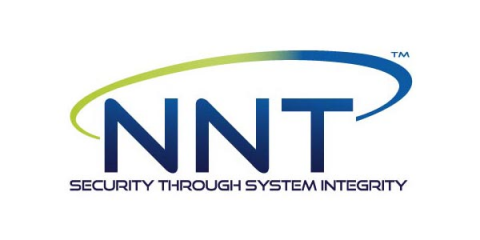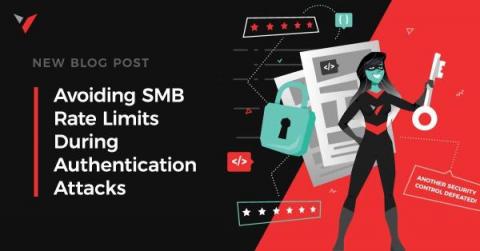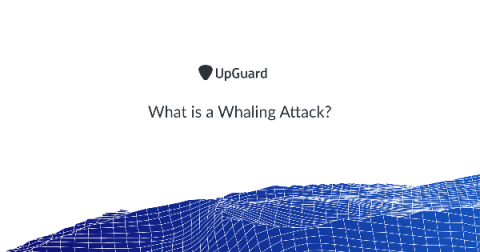Coronavirus Impact on Cyber Security
The Coronavirus (COVID-19) pandemic is increasing tremendously and disrupting the global health at large extent, in addition to the damages to economics, social and political systems. More importantly, the digital world is also on the verge of destruction because, due to this menace, the people at large scale are compelled to work remotely and doing so will make them rely heavily on remote communication and digital tools.







